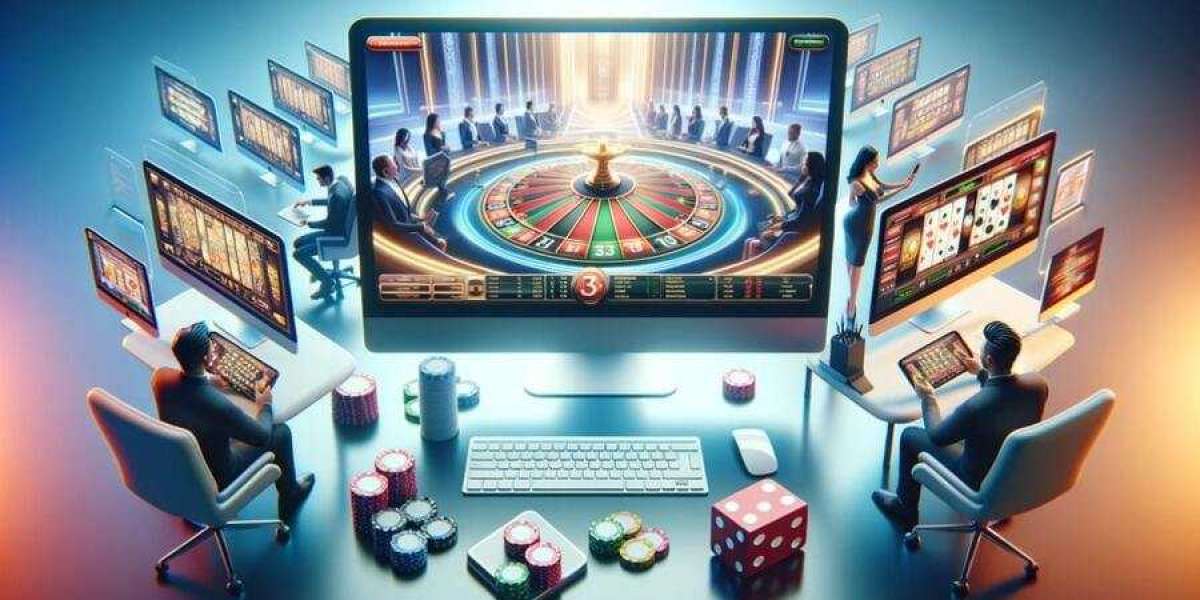In today's fast-paced digital world, explainer videos have become a crucial tool for businesses to convey their messages effectively. Combining engaging visuals with clear explanations, these videos help audiences grasp complex concepts quickly. Among the various styles of explainer videos, 3D animation stands out for its ability to create immersive and interactive experiences.
1. 3D Modeling and Texturing
3D Modeling is the foundation of any 3D animation. It involves creating three-dimensional representations of objects and characters using specialized software. For explainer videos, this technique allows for the creation of detailed and lifelike assets that can visually represent abstract concepts or physical products.
Process: The modeling process starts with a concept or sketch, which is translated into a digital 3D model. Artists use tools like Blender, Maya, or 3ds Max to build and refine these models, adding intricate details that enhance realism. Once the model is complete, it’s textured to add color, surface details, and material properties. Texturing ensures that the model looks realistic and fits seamlessly into the animated environment.
Benefits: 3D modeling and texturing provide a high level of detail and realism, which is particularly useful for explainer videos that require a precise depiction of products or complex systems. For instance, a tech company might use this technique to showcase the inner workings of a new gadget, making it easier for viewers to understand its functionality.
Example: Consider a video explaining a new software platform. 3D modeling can be used to create a visual representation of the software's interface, while texturing adds realistic details to enhance its appearance. This approach helps viewers visualize how the software operates and what makes it unique.
2. Motion Graphics and Animation
Motion Graphics and Animation involve bringing static 3D models to life. This technique uses a combination of movement, transformation, and effects to create dynamic and engaging visuals.
Process: Motion graphics are created by animating 3D models, applying various transformations such as rotation, scaling, and position changes. Keyframe animation, where changes are defined at specific points in time, is often used to control the movement of objects and characters. Additionally, procedural animations can generate complex motion patterns based on algorithms, adding an extra layer of dynamism.
Benefits: Motion graphics and animation make explainer videos visually appealing and can effectively communicate complex ideas. By animating 3D models, businesses can illustrate processes, demonstrate how products work, and highlight key features in an engaging manner.
Example: For an explainer video about a new financial software, motion graphics can animate charts and graphs to show real-time data analysis. This technique helps viewers understand how the software processes and displays information, enhancing their comprehension of its benefits.
3. Lighting and Rendering
Lighting and Rendering are crucial techniques that impact the final look of a 3D animation. Proper lighting ensures that models and scenes are illuminated in a way that enhances their appearance, while rendering produces the final output of the animation.
Lighting: Lighting in 3D animation involves placing virtual lights within the scene to simulate real-world lighting conditions. Different types of lights, such as point lights, spotlights, and area lights, can be used to create various effects. Lighting can affect the mood, depth, and realism of the scene, making it a vital aspect of 3D animation.
Rendering: Rendering is the process of generating the final image or video from the 3D scene. It involves calculating how light interacts with the models and producing high-quality visuals. Advanced rendering techniques, such as ray tracing and global illumination, can enhance realism by accurately simulating light behavior.
Benefits: Effective lighting and rendering improve the visual quality of explainer videos, making them more appealing and professional. Good lighting can highlight important details and create a mood that aligns with the video's message, while high-quality rendering ensures that the final output meets the highest standards.
Example: For a video explaining a new architectural design, realistic lighting and rendering can showcase the building in various lighting conditions and times of day. This approach helps potential clients visualize the final project and understand its design features more clearly.
Integrating Animated Logos
An animated logois a dynamic element that can enhance the effectiveness of an explainer video. By incorporating animation into the logo, businesses can create a memorable and engaging brand identity that complements the video's content.
Techniques: Animated logos can be created using various techniques, including 3D animation, motion graphics, and effects. For instance, a 3D logo animation might involve rotating the logo in three dimensions or adding a particle effect to emphasize its brand message. Motion graphics can animate the logo's elements to create a visually appealing introduction or conclusion for the video.
Benefits: An animated logo adds a professional touch to the explainer video and reinforces brand identity. It captures viewers' attention and creates a cohesive visual experience that aligns with the video's message. Additionally, an animated logo can be used across various platforms and media, enhancing brand recognition and consistency.
Example: A company introducing a new product might use an animated logo at the beginning of the explainer video to establish its brand presence. The logo could animate with effects that relate to the product's features, creating a seamless transition into the main content.
Conclusion
3D animation techniques offer powerful tools for creating compelling explainer videos. By leveraging techniques such as 3D modeling and texturing, motion graphics and animation, and lighting and rendering, businesses can produce high-quality visuals that effectively communicate their messages. Integrating animated logos further enhances the video's impact by reinforcing brand identity and creating a cohesive visual experience.
As businesses continue to explore innovative ways to engage their audiences, 3D animation services will play a crucial role in shaping the future of explainer videos. Whether showcasing products, explaining complex concepts, or building brand recognition, these techniques offer endless possibilities for creating memorable and impactful content.


